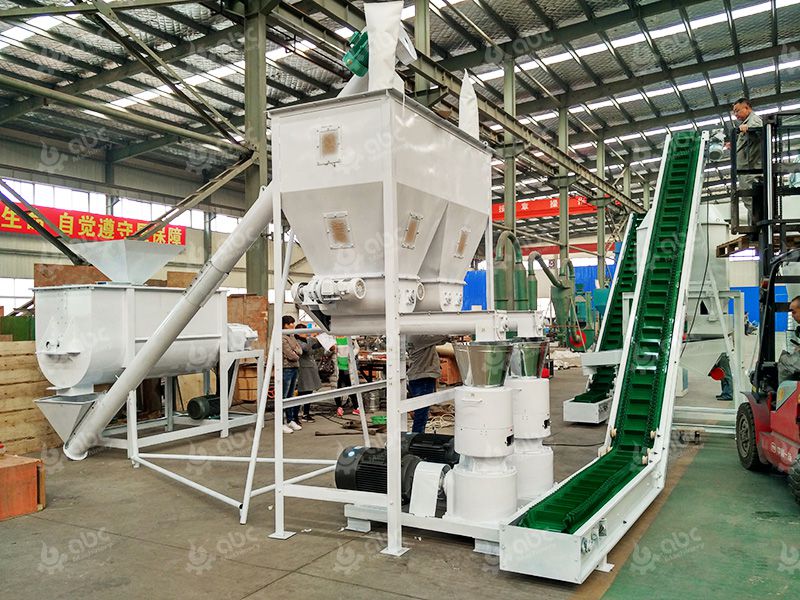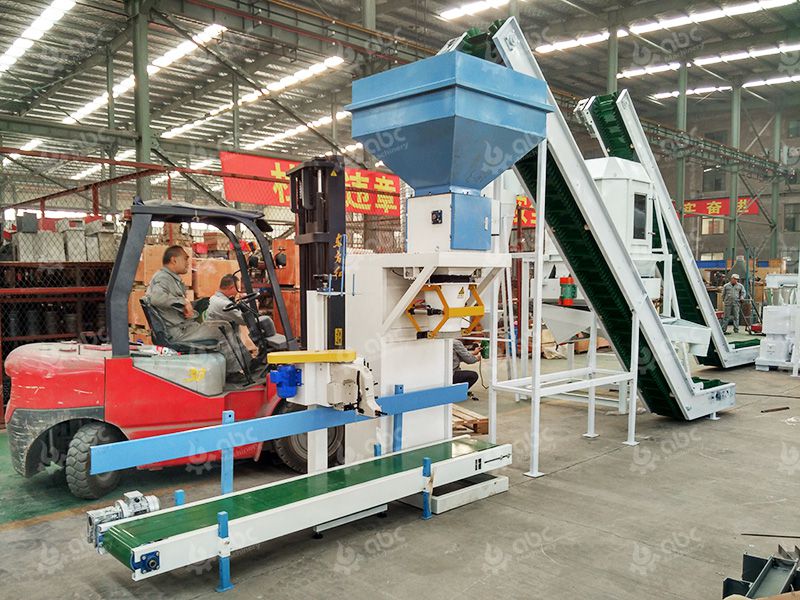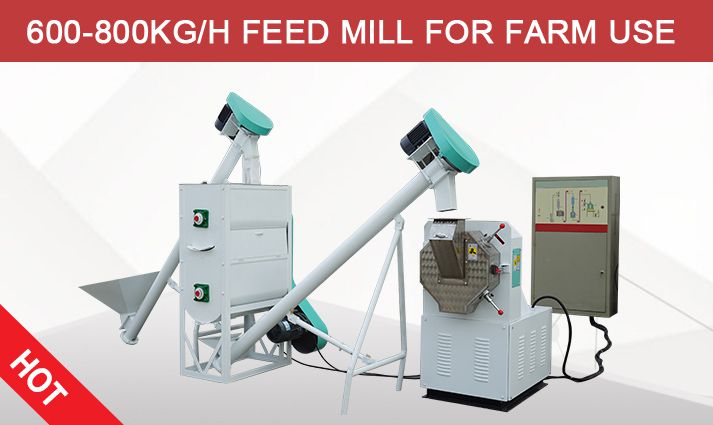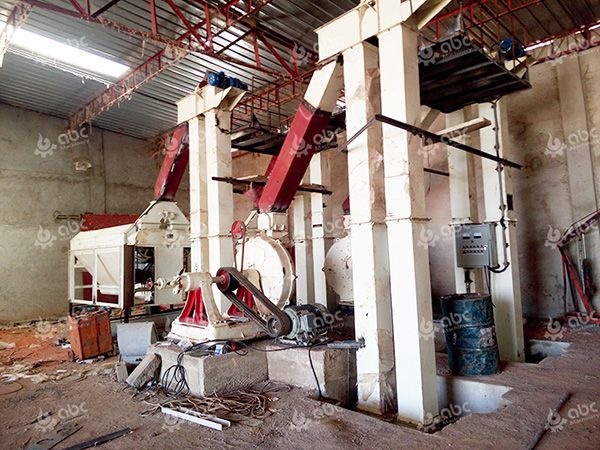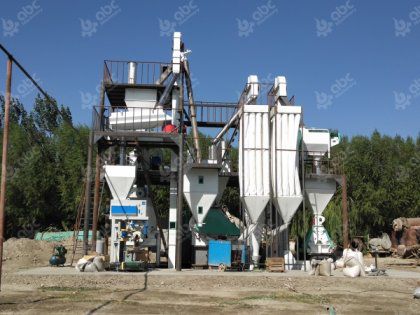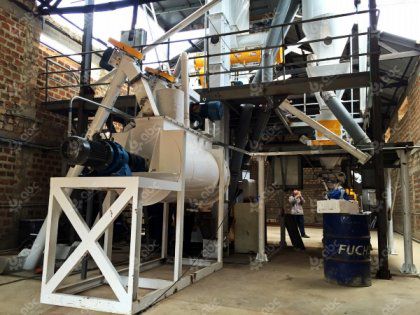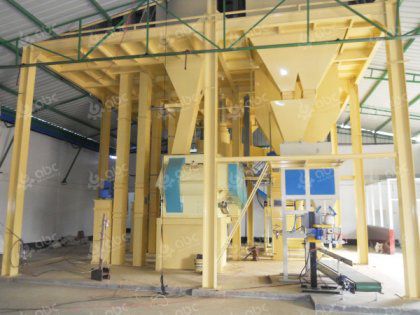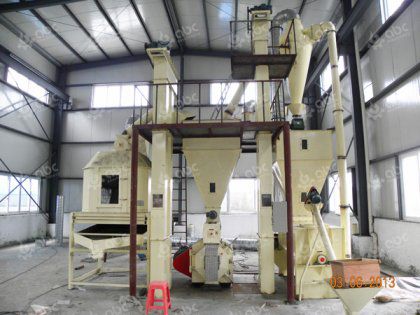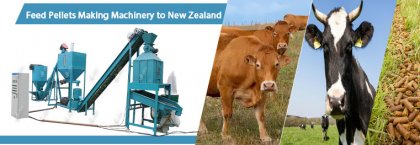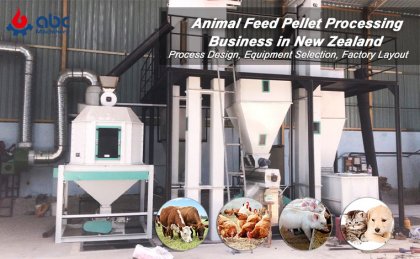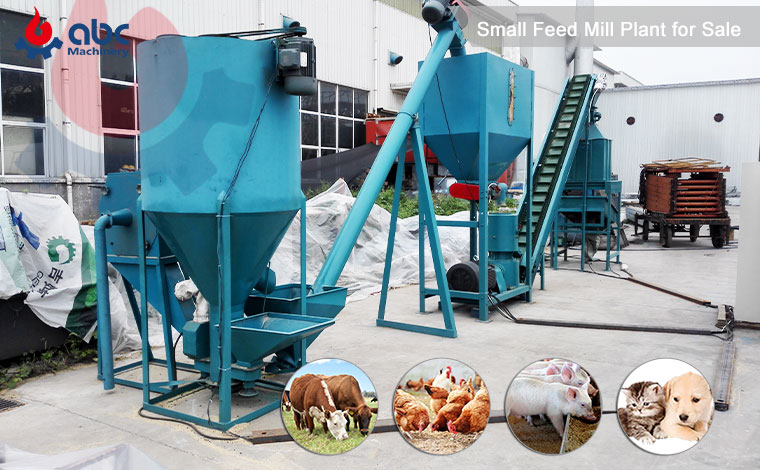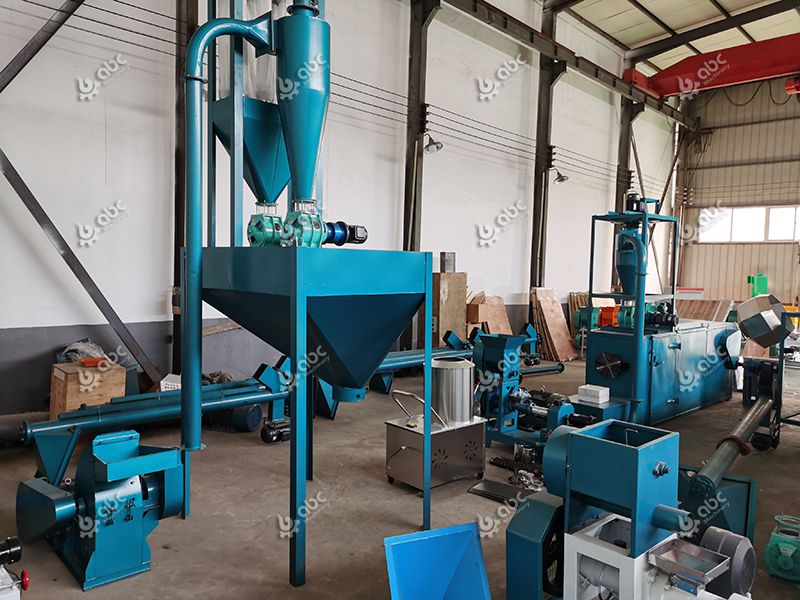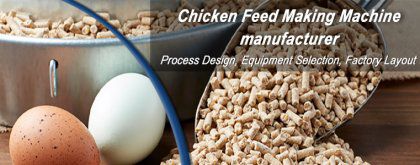Cattle Feed Pellets Benefits and Business Potentials
Cattle feed pellets are made by combining various raw materials into the pellet shapes. It is a kind of compound feed that contains necessary materials for the growth of cattle, such as protein, vitamins, minerals, etc. Cattle feed pellets have many outstanding features, including balanced nutrients, improved digestibility and palatability of feed, easy feeding, storage and transportation, and more. In addition, different cattle types, like bulls, cows, heifers and buffalo, require different nutrition, the cattle feed pellets can be adjusted to have all the required materials. (Related Post: How to Make Cattle Feed Pellets?)
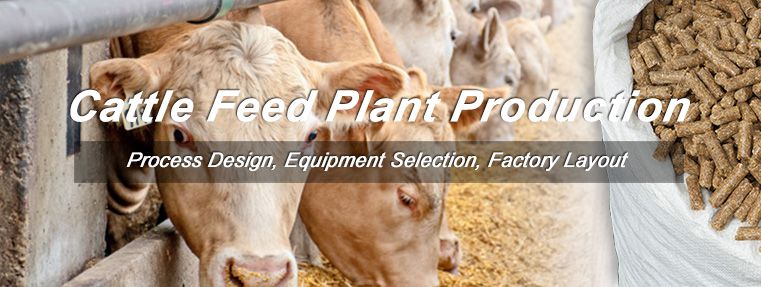
Cattle Feed Pellet Business Potential
Now, more and more animal farmers and raisers have noticed the benefits of feed pellets. Plus, the increasing demands for high quality animals, feed pellet manufacturing has been a hot business project around the world. Farmers seeks to produce their own feed pellets or buy the low cost and high-quality feed pellets to improve the animal performance, further improve their profits on animal farming.
If you are interested in having your own feed pellet machine or have seen the good opportunity to start business on animal feed pellet production line, here, ABC Machinery can help you on business plan, factory design, equipment selection, installation, commissioning, etc. We are absolutely a reliable partners in animal feed pellet production industry.
| Name | Protein min (g/kg) | Moisture max (g/kg) | Fat min (g/kg) | Fibre max (g/kg) | Calcium min-max (g/kg) | Phosphorus min (g/kg) | Use phase |
|---|---|---|---|---|---|---|---|
| Cattle grower | 150 | 120 | 20-70 | 80 | 7-16 | 5.5 | over 6months |
| Cattle fattening | 130 | 120 | 28-70 | 75 | 7-16 | 5 | fattening of cattle |
| Universal cattle | 130 | 120 | 25-70 | 90 | 7-17 | 5 | from growing to fattening |
Small Cattle Feed Plant Layout Design
The small cattle feed pellet plant refers to a complete animal feed pellet mill that adopts flat die small feed pellet machine or ring die feed pellet machine with corresponding capacity and other auxiliary equipment, including raw materials grinder, mixer, feeder, belt conveyor, cooling machine, packaging machine and other equipment. The factory layout design of a small scale cattle feed pellet plant mill is as follows:
Cattle Feed Pellet Production Process & Corresponding Machine
The typical cattle feed pellet production process includes raw materials crushing, raw materials and additives mixing, pellets making, pellet cooling and packaging. The whole feed pellets manufacturing process just changes the raw materials in physical and retains all the nutrients.

Cattle Feed Pellet Production Process
- Raw Materials Crushing (Hammer Mill): Since the raw materials are usually large, hammer mill can be used to crush them into smaller pieces for further feed pellet processing.
- Materials and Additives Mixing (Mixer): The crushed raw materials and additives are mixed evenly in the process by professional mixer to ensure the complete nutrients of every cattle feed pellet.
- Feed Pelletizing (Flat Die Pellet Mill): Small scale cattle feed pellet plant usually adopts flat die pellet machine to make the pellets due to its cost effective performance. The thickness and length of the cattle feed pellet can be customized by adjusting the flat die machine.
- Feed Pellet Cooling (Cooling Machine): The feed pellets coming from the pellet mill machine are at high temperature, the cooling machine can reduce the temperature and make the pellets more favorable for storage.
- Feed Pellet Packaging (Automatic Packaging Machine): Final produced feed pellets are packaged for sales or storage.

Small Cattle Feed Pellet Manufacturing Machines
The quality of cattle feed pellets are of great importance for the breeding status of cattle, so cattle farmers and cattle feed pellet production business man always seek to produce high quality cattle feed pellets. In order to ensure the quality of produced cattle feed pellets, it is highly recommended to have the necessary feed pellet production process in your cattle feed plant.
In most cases, the feed pellet plant can be adjusted the production process based on the raw materials to produce other types of animal feed pellets for many animals, including goat, chicken, fish, cow, layers, broilers, pigeons, etc. It is actually a multi-functional animal feed pellet production plant. Welcome to contact us to get customized selections for your animal feed pellet production!
Alfalfa Pellets for Cattle, Horse, and Other Ruminant
Cattle and other ruminant animals such as horses, sheep, goats, and elk, require food that is packed with nutrients and easily processed by their complex digestive systems. While ruminants historically eat grasses and hay, many farmers, homesteaders and livestock experts find alfalfa pellets to be an affordable NATURAL alternative food source that offers many nutritional and non-nutritional benefits.

Alfalfa Pellet for Cattle Horse
- Nutritional Benefits of Alfalfa Pellets
No one wants to feed their animals a poor quality or synthetic food source. That defeats the purpose of raising healthy livestock. Therefore the primary benefit of alfalfa pellets are found in the nutritional value provided by the product. In addition to being a tasty source of food for ruminants, alfalfa pellets are known to be;
- High in fiber and protein (upwards of 17% - 18%), which is a requirement for any ruminant food source,
- A major source of good caloric energy (vs. high sugar and starch feeds),
- Packed with essential nutrients (such as calcium, magnesium, potassium, sulfur, iron, cobalt, manganese, and zinc) that promote a healthy immune system, animal strength, growth, milk production etc.,
- Enriched with vitamins, such as beta-carotene, which helps promote good vision, bone development and animal reproduction.
- Other Benefits of Alfalfa Pellets
Alfalfa pellets are created from dehydrated alfalfa, a globally-available and sustainable crop that has been harvested and used to feed animals (and humans) for thousands of years. With multiple suppliers and distributors, alfalfa pellets can be sourced for price, quality and supply. If one area of production is hit with a drought or crop damage, there are many other sources to maintain a healthy, uninterrupted , competitive supply chain.
The dehydrated alfalfa is ground and formed into screw shapes (some suppliers use cane molasses or other binding agents), that makes the product easy to package, transport in bulk and store in a variety of quantities. In addition, the product package is labeled, which makes it very easy to identify and manage the nutritional content value given to animals. The way the alfalfa pellets are created also makes them free of weeds or dust that is often found in hay. The pellets are also easier to chew and digest.
In conclusion, while ruminants cannot live on a diet of only alfalfa pellets, and the recommended percentage and type of pellet usage varies with the type and age of the animal, the product can be used to supplement up to 50% of the typical grazing and forage amounts, without sacrificing nutritional quality.
Cattle feed pellet plant factory video

